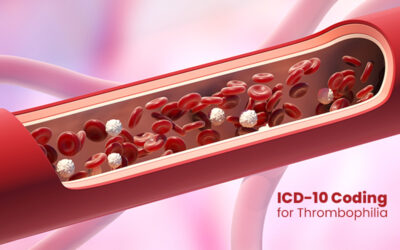Behavior change interventions are crucial to address lifestyle modification for disease prevention, long-term disease management and addiction. Every year usually brings important changes in family practice medical billing and coding as well as payment for these services.
Revisions to CPT Preventive Service Guidelines in 2016
In 2016, changes were made to the Preventive Medicine Services and the Counseling Risk Factor Reduction and Behavior Change Intervention (CPT 99406-99409, HCPCS G0396-G0397) guidelines. Behavior Change Intervention services involve exclusively validated interventions of evaluating readiness for change and barriers to change, counseling a change in behavior, providing specific suggested actions, and arranging for services and follow up. Here are the current requirements for reporting these services:
- Behavior change interventions can be reported along with preventive visits (preventative medicine CPT codes 99381-99397).
- Standardized evidence-based screening instruments and tools together with reliable documentation and appropriate sensitivity are necessary to report services involving behavior modification counseling.
- Behavior change interventions can be reported together with either a problem-oriented visit or a well patient visit, on the condition that both the behavior change intervention and the problem-oriented or preventive E/M service are appropriately documented.
- Modifier 25 should be appended to the E/M code to specify it is separate and distinct from the behavior change intervention.
Thus, the CPT preventive service guidelines for 2016 recognize behavior change interventions as separate from evaluation and management (E/M) services that may be reported separately with modifier 25 when performed.
Smoking and Tobacco Use
Smoking cessation counseling codes are time based. The CPT codes to report smoking/tobacco abuse screening and counseling services are as follows:
99406 – Smoking and tobacco use cessation counseling visit; intermediate, greater than 3 minutes up to 10 minutes (there must be a minimum of four minutes of counseling)
99407 – Smoking and tobacco use cessation counseling visit; Intensive, greater than 10 minutes
If the time for counseling is less than 4 minutes, the amounts should be included in the associated E/M service. Providers should document the following aspects of the service time (face-to-face) in the medical record:
- Patient readiness for change
- Barriers to change
- Advising a change in behavior
- Providing specific suggested actions
Medicare Guidelines for Counseling of Symptomatic and Asymptomatic Patients
According to the Centers for Medicare and Medicaid (CMS), a symptomatic patient is one who: has a disease or adverse health effect that has been found by the U.S. Surgeon General to be linked to tobacco use; or, is taking a therapeutic agent whose metabolism or dosing is affected by tobacco use as based on FDA-approved information. The following codes are used to report counseling of symptomatic and asymptomatic patients to Medicare:
- Symptomatic patient – CPT codes 99406-99407
- Asymptomatic patient (counseling classified as a preventive service):
- HCPCS code G0436 – Smoking and tobacco cessation counseling visit; intermediate, greater than 3 minutes, up to 10 minutes
- HCPCS G0437 – Smoking and tobacco cessation counseling visit; intensive, greater than 10 minutes
Medicare covers two cessation “attempts” per patient (symptomatic or asymptomatic) per year. As the annual maximum is eight sessions, each attempt may include a maximum of four intermediate or intensive sessions. The physician and patient can decide if the sessions will be intermediate (4-10 minutes) or intensive (more than 10 minutes).
A study published by the US Preventive Task Force showed that behavioral counseling interventions in clinical settings are an important means of addressing prevalent health-related behaviors, such as substance (tobacco, alcohol, and illicit drug) use and other behaviors. Encouraging people to change unhealthy behaviors is a challenging task for physicians. Family practice medical billing and coding companies support healthcare providers in their mission of implementing behavior change interventions with efficient revenue cycle management solutions.




